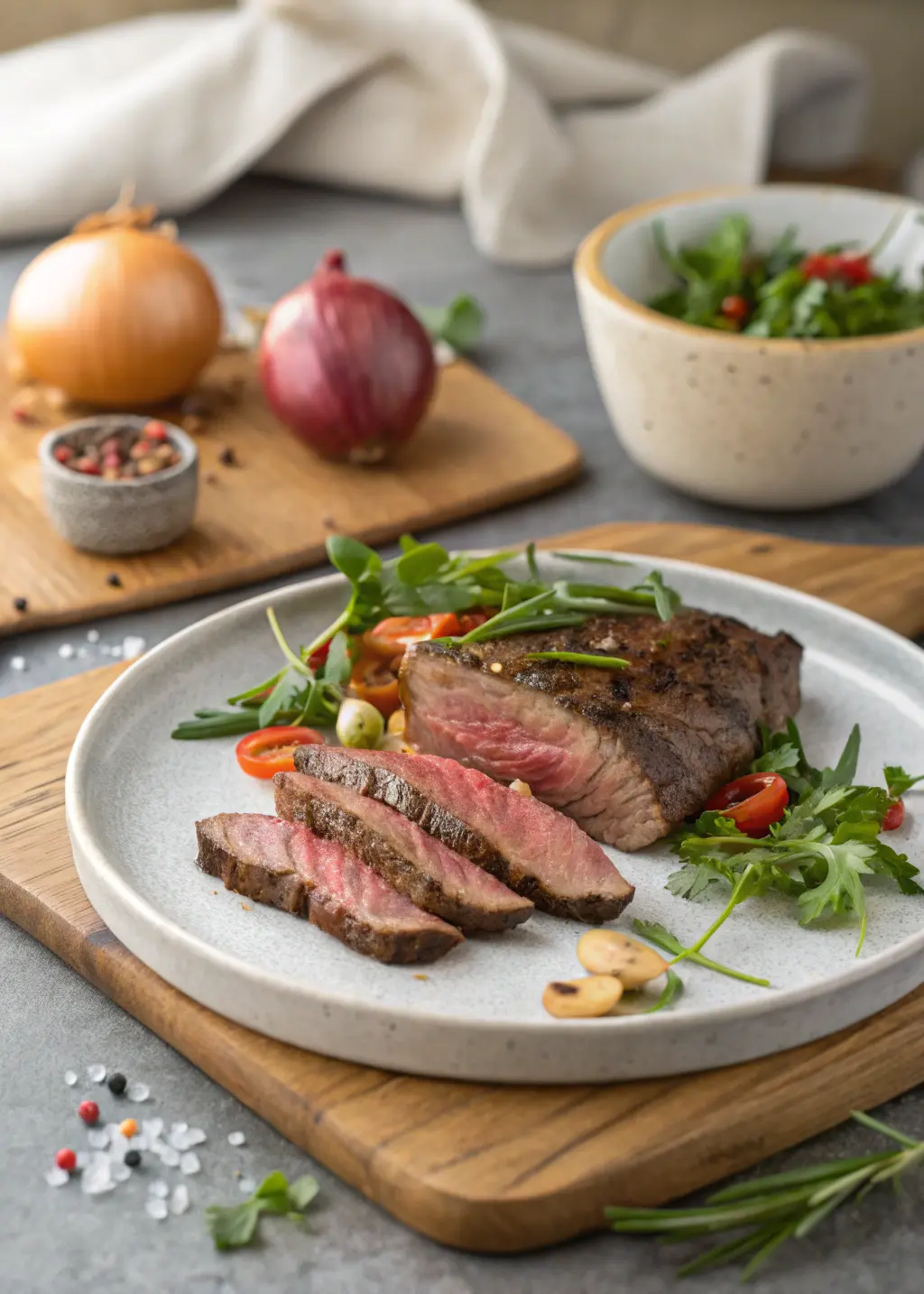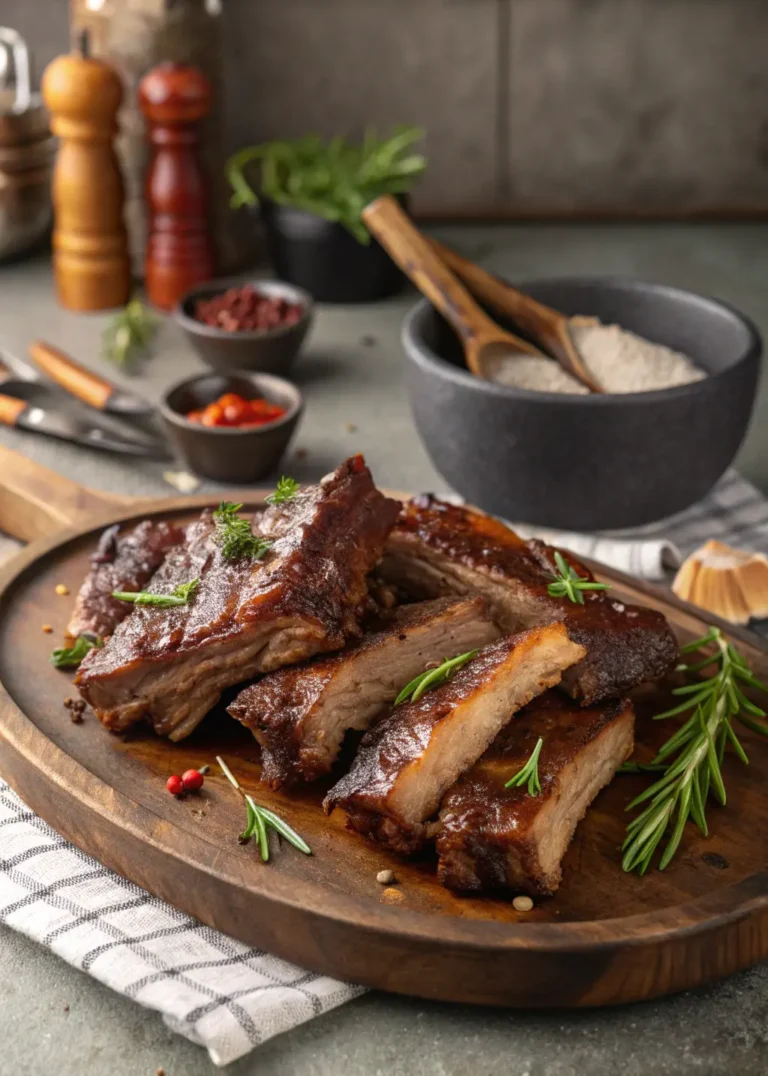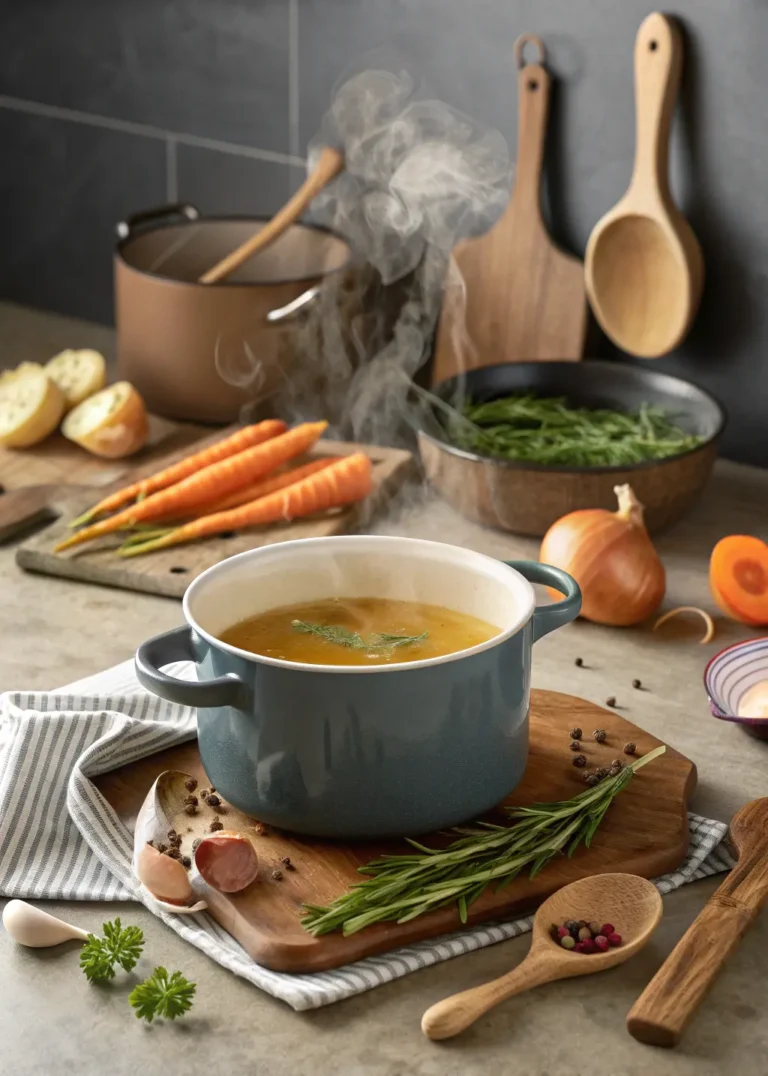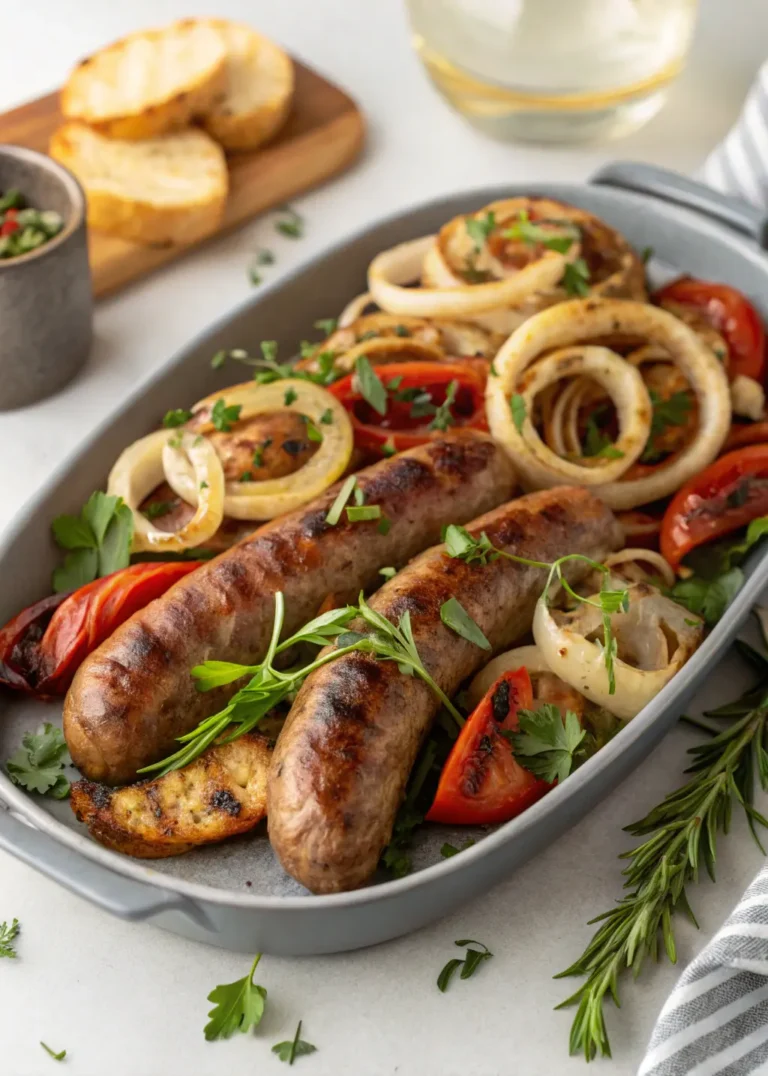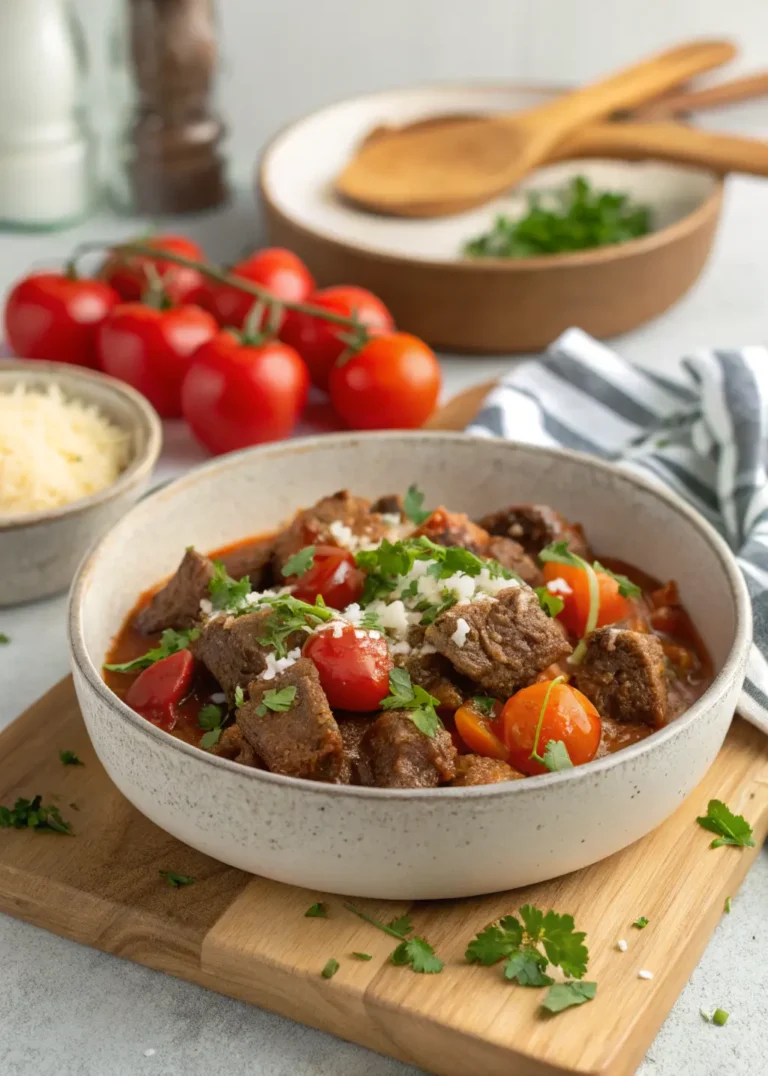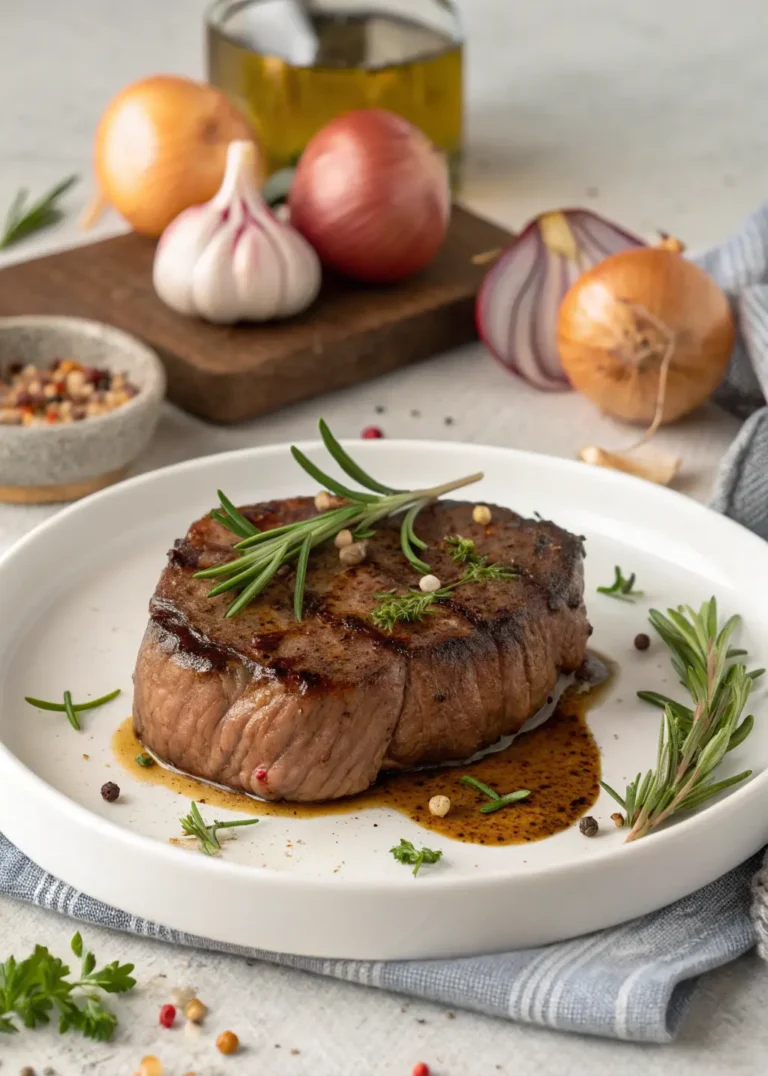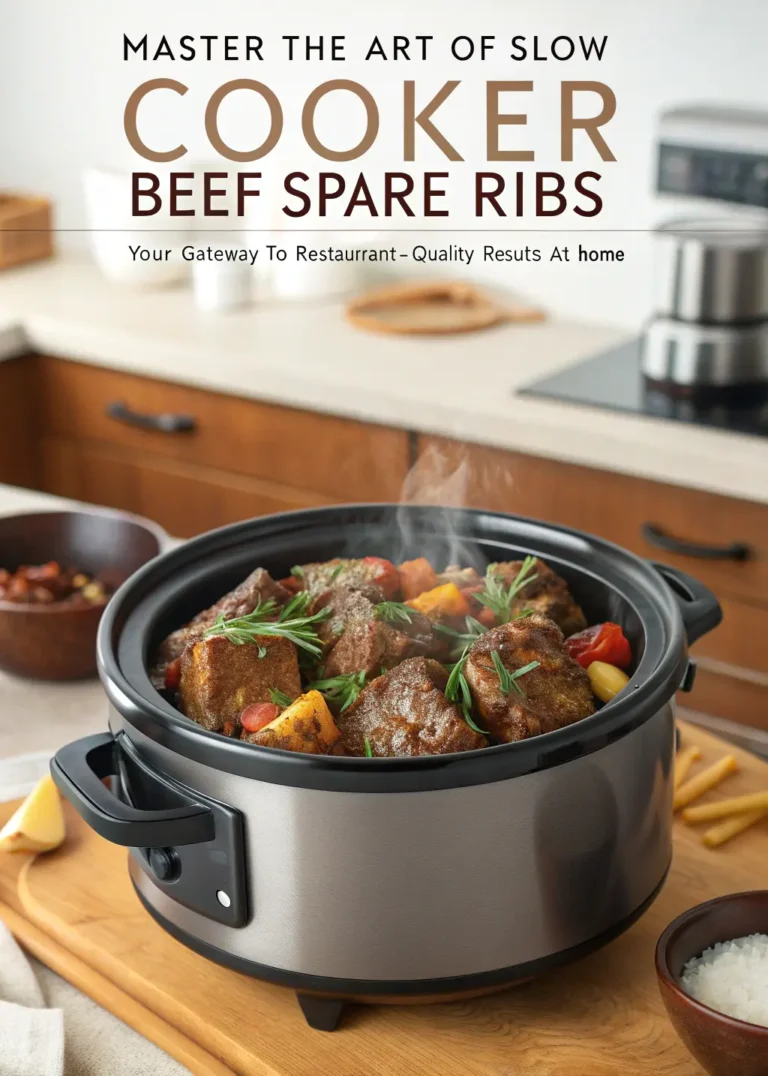Mastering Beef Bavette: Everything You Need to Know and How to Cook It Right
Introduction: The Unsung Hero of Beef Cuts
Discovering hidden culinary treasures transforms ordinary meals into memorable experiences. My revelation came during an impromptu visit to a modest Parisian bistro, where the chef proudly served thinly sliced, perfectly cooked beef bavette. The tender meat, fanned elegantly across the plate, released an irresistible aroma that promised something extraordinary. That first bite delivered a rich, buttery flavor that haunted my taste buds long after returning home.
You might wonder why this magnificent cut remains relatively unknown while folks queue for ribeyes and strips at premium prices. The secret? Bavette delivers exceptional flavor and texture when prepared correctly, often at half the cost of those celebrated cuts. Join me in exploring this remarkable steak that deserves center stage on your dinner table.
table of contents
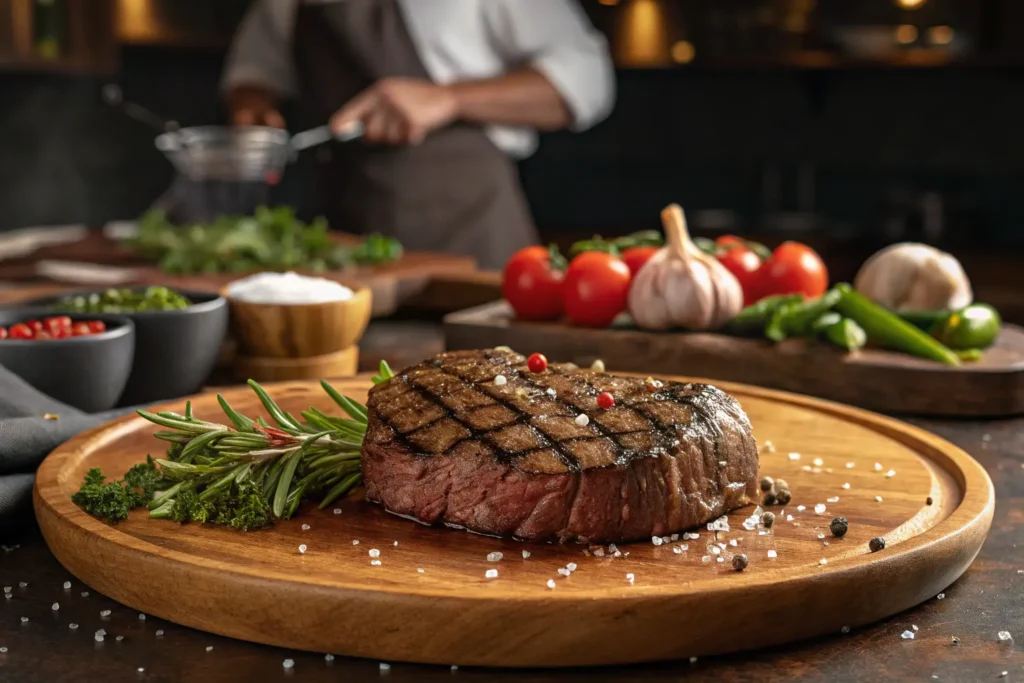
What is Beef Bavette?
Understanding This Distinctive Cut
Beef bavette occupies an interesting position in the butcher’s repertoire. Known as flap steak in American butchery, this thin, flavor-packed cut comes from the bottom sirloin primal of the cow. Understanding its unique characteristics helps explain its remarkable cooking properties:
- Located near the junction of the bottom sirloin, flank, and plate sections
- Features distinctive long muscle fibers running through the meat
- Contains rich marbling that melts during cooking, enhancing flavor
- Bears the French name “bavette” (meaning “bib”) due to its flat, sheet-like shape
- Appears under various names including sirloin tip, faux hanger, and sirloin flap
The Anatomy of Bavette
The bavette’s location dramatically influences its eating qualities. Situated in the bottom sirloin region, this cut comes from muscles that work harder than those in premium cuts. This additional exercise creates:
- More concentrated, deeper beef flavor compared to tenderloin
- Visible, pronounced grain structure that guides proper slicing
- Moderate thickness that responds beautifully to quick cooking
- Flat, rectangular shape that cooks evenly over high heat
- Natural tenderness when prepared thoughtfully
Why Choose Beef Bavette?
Flavor Profile and Culinary Versatility
Bavette delivers exceptional eating qualities that rival cuts twice its price:
- Bold, buttery flavor with profound beefy intensity
- Open texture that absorbs marinades and rubs beautifully
- Versatility spanning quick grilling to slow-braising applications
- Perfect balance of flavor, texture, and affordability
- Impressive presentation despite modest cost
Nutritional Benefits of Bavette
Beyond taste, bavette offers impressive nutritional credentials:
- Dense protein content supporting muscle maintenance
- Abundant B-complex vitamins, particularly B12 for nervous system health
- Significant iron content for healthy blood cell production
- Important minerals including zinc and selenium
- Beneficial conjugated linoleic acid (CLA) supporting metabolic health
Sourcing the Perfect Bavette
Where to Find Quality Bavette
Finding superior bavette requires knowing where to look:
- Local butcher shops typically offer the freshest, highest-quality options
- Premium grocery stores with dedicated meat counters often carry bavette
- Specialty online meat purveyors increasingly feature this cut
- Farmers markets connecting directly with local ranchers
- International markets catering to French or South American cuisines
What to Look For When Buying
Select bavette displaying these quality indicators:
- Consistent thickness throughout for even cooking
- Vibrant red coloration indicating freshness
- Fine marbling threads running through the meat
- Slightly moist but not wet surface
- Fresh, clean aroma without any off-putting smells
Preparing Beef Bavette for Cooking
Essential Preparation Techniques
Proper preparation lays the groundwork for bavette success:
- Remove from refrigeration 30-45 minutes before cooking for even temperatures
- Pat completely dry with paper towels to promote proper searing
- Trim excess exterior fat if desired (though some fat enhances flavor)
- Consider scoring or mechanical tenderization for additional tenderness
- Season appropriately with salt and preferred spices
Marinades and Rubs for Bavette
Bavette’s structure makes it particularly receptive to flavor enhancement:
Classic French Marinade
| Ingredient | Amount |
|---|---|
| Red wine | ½ cup |
| Shallots, minced | 2 tablespoons |
| Garlic, minced | 2 cloves |
| Fresh thyme | 3 sprigs |
| Dijon mustard | 1 tablespoon |
| Olive oil | 3 tablespoons |
| Black pepper | 1 teaspoon |
Combine ingredients, submerge bavette, and refrigerate 2-4 hours before cooking.
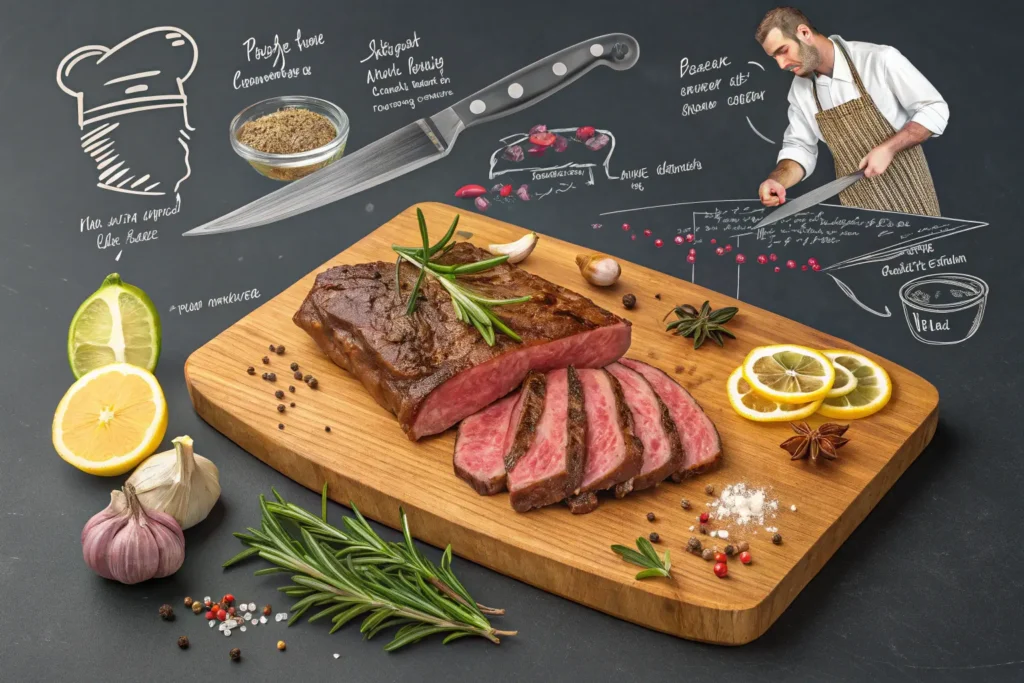
Cooking Methods for Beef Bavette
High-Heat Grilling: The Classic Approach
Grilling harnesses bavette’s natural qualities perfectly:
- Heat your grill to blazing hot (450-500°F)
- Apply light oil to grates preventing sticking
- Position bavette over the hottest section
- Cook 3-4 minutes per side for medium-rare (preferred doneness)
- Rest meat 5-10 minutes before slicing
- Slice perpendicular to visible muscle fibers
The intense heat creates flavorful browning while maintaining juicy, tender interiors. This method highlights bavette’s beefiness while developing complex flavors through caramelization.
Pan-Searing to Perfection
No grill? Pan-searing produces equally impressive results:
- Heat cast iron skillet until wisps of smoke appear
- Add high-temperature oil (avocado, grapeseed)
- Place bavette carefully in the pan
- Sear undisturbed for 3-4 minutes developing crust
- Flip once, cook additional 2-3 minutes
- Add butter, garlic, and herbs in final minute for basting
- Rest before slicing against visible grain
This method creates restaurant-quality results in minutes, with the added benefit of pan drippings for creating simple pan sauces.
Temperature Guide for Perfect Doneness
| Doneness | Internal Temperature | Description |
|---|---|---|
| Rare | 125°F (52°C) | Cool red center, very tender |
| Medium-Rare | 135°F (57°C) | Warm red center, optimal tenderness |
| Medium | 145°F (63°C) | Pink center, slightly firmer |
| Medium-Well | 155°F (68°C) | Slight pink, considerably firmer |
| Well-Done | 165°F (74°C) | No pink, significantly tougher |
For bavette’s best eating experience, aiming for medium-rare maximizes tenderness while fully developing flavors.
Serving and Presentation
The Crucial Resting Period
Never skip resting your bavette after cooking:
- Allow 5-10 minutes minimum before slicing
- Tent loosely with foil maintaining warmth without steaming
- Resting allows muscle fibers to relax and reabsorb juices
- Results in significantly juicier eating experience
- Provides time for preparing accompanying sauces
Proper Slicing Technique
The single most important factor affecting bavette’s tenderness:
- Identify the direction of muscle fibers running through the meat
- Position knife perpendicular (90 degrees) to these fibers
- Slice thinly (¼ inch or less) with sharp knife
- Maintain consistent angle throughout slicing
- Arrange artfully on warmed serving platter
This technique mechanically shortens the muscle fibers, creating the perception of increased tenderness regardless of cooking method.
Complementary Sauces and Accompaniments
Enhance bavette with these complementary flavors:
- Rich red wine reduction incorporating cooking juices
- Herb-infused compound butter melting over hot slices
- Vibrant chimichurri adding bright herbaceous notes
- Garlic-herb infused olive oil drizzled lightly
- Robust blue cheese sauce for indulgent serving
- Sautéed mushrooms with fresh herbs
Classic Bavette Recipe
French Bistro-Style Bavette aux Échalotes
This timeless preparation celebrates bavette’s rich flavor profile:
Ingredients
| Ingredient | Amount |
|---|---|
| Beef bavette | 1.5 pounds |
| Shallots | 6-8, thinly sliced |
| Butter | 3 tablespoons |
| Red wine | ¾ cup |
| Beef stock | ½ cup |
| Fresh thyme | 3 sprigs |
| Dijon mustard | 1 tablespoon |
| Salt and pepper | To taste |
Method
- Season bavette generously with salt and freshly cracked pepper
- Heat cast iron skillet until smoking hot, add thin layer of oil
- Sear bavette 3-4 minutes per side until medium-rare
- Remove meat to rest while preparing sauce
- Reduce heat to medium, add butter and sliced shallots
- Cook shallots 5-7 minutes until golden and caramelized
- Pour in red wine, scraping pan bottom to release fond
- Add beef stock, thyme sprigs, simmer until reduced by half
- Remove thyme, whisk in Dijon and cold butter to finish
- Slice bavette against grain, arrange on platter
- Spoon warm sauce over sliced meat and serve immediately
This classic preparation demonstrates bavette’s ability to shine in sophisticated yet accessible dishes.
Troubleshooting Common Bavette Challenges
Overcoming Toughness Issues
If your bavette turns out tougher than expected:
- Verify you’re slicing properly against the grain
- Consider using mechanical tenderization before cooking
- Marinate longer with acidic components like vinegar or citrus
- Ensure cooking to proper temperature (avoid overcooking)
- Apply adequate salt earlier in preparation process
Addressing Flavor Concerns
Enhance bavette’s natural flavor with these approaches:
- Dry age briefly in refrigerator for 2-3 days uncovered
- Incorporate umami-rich ingredients like soy sauce or mushrooms
- Ensure proper seasoning with adequate salt throughout process
- Apply compound butters with concentrated flavors immediately after cooking
- Consider light smoking before high-heat cooking

FAQ About Beef Bavette
What is the difference between bavette and flank steak?
Though often confused, beef bavette comes from the bottom sirloin primal, while flank steak comes from the abdominal area. Bavette typically features more marbling and slightly looser grain pattern than flank steak, though both benefit from similar cooking techniques and must be sliced against the grain for tenderness.
How long should I marinate beef bavette?
Bavette benefits from marination times between 2-12 hours, depending on marinade ingredients. Avoid exceeding 24 hours, particularly with acidic marinades, as excessive marination can break down proteins too much, resulting in mushy texture rather than tenderness.
Can beef bavette be cooked well-done?
While possible to cook bavette to well-done, this cut performs optimally at medium-rare to medium temperatures (130-145°F). Higher cooking temperatures significantly increase toughness, diminishing the qualities that make bavette special. If you prefer well-done beef, consider alternative cuts better suited to prolonged cooking.
Is beef bavette an expensive cut?
One of bavette’s greatest advantages lies in its excellent value proposition. Despite offering flavor comparable to premium cuts, bavette typically costs 30-50% less than popular steaks like ribeye or New York strip, making it an economical choice for impressive meals without premium prices.
Conclusion: Embracing the Bavette Revolution
Stepping beyond mainstream cuts reveals treasures like beef bavette—a perfect illustration of how knowledge transforms good meals into extraordinary ones. By understanding bavette’s unique characteristics and applying proper techniques, you’ll unlock remarkable flavor and tenderness that rivals premium steakhouse offerings at a fraction of the cost.
The next time you’re planning a special meal, consider bypassing those familiar cuts and asking your butcher for bavette. Its exceptional versatility spans casual weeknight dinners to sophisticated entertaining. The combination of rich flavor, reasonable price, and impressive presentation makes it a worthy addition to your culinary repertoire.
Ready to experience bavette’s magic? Start with the classic preparation detailed above, perfect your slicing technique, and prepare to impress even dedicated steak enthusiasts. Your journey into this underappreciated cut might just revolutionize your approach to beef forever.
Have you tried cooking beef bavette before? Share your experiences and favorite preparations in the comments below. Your kitchen adventures might inspire others to explore this remarkable cut!
Have you given our recipe a try?
There are no reviews yet. Be the first one to write one.

